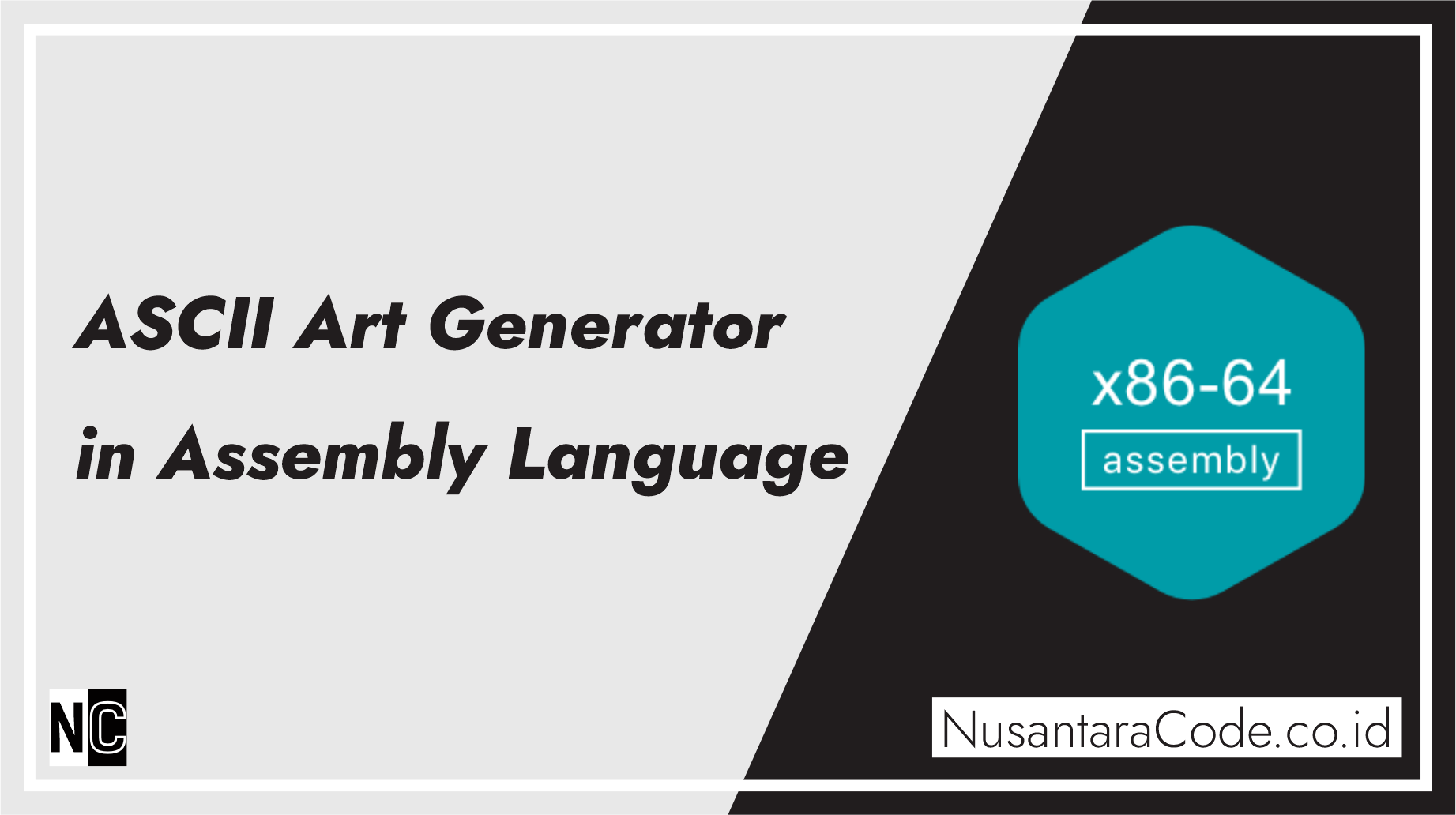Creating an ASCII Art Generator in assembly language is a fascinating project that allows you to explore low-level programming and artistic expression. In this article, we’ll guide you through the process of building a basic ASCII Art Generator using x86 assembly language.
Prerequisites:
Before you start, ensure that you have the following prerequisites:
- A basic understanding of x86 assembly language.
- An x86 assembly development environment, such as NASM (Netwide Assembler).
- A text editor for writing assembly code.
Building the ASCII Art Generator:
The ASCII Art Generator we’re building will take user input and display corresponding ASCII characters based on the input.
section .data
prompt db 'Enter a character (q to quit): ', 0
output db 'ASCII value of input: ', 0
newline db 10, 0
quit db 'q', 0
section .bss
user_input resb 1
section .text
global _start
_start:
; Display a prompt
mov eax, 4
mov ebx, 1
mov ecx, prompt
mov edx, 30
int 80h
; Read user input
mov eax, 3
mov ebx, 0
mov ecx, user_input
mov edx, 1
int 80h
; Check if the user wants to quit
mov esi, [user_input]
mov edi, [quit]
cmp byte [esi], [edi]
je .done
; Display the ASCII value of the input character
mov eax, 4
mov ebx, 1
mov ecx, output
mov edx, 20
int 80h
mov eax, 4
mov ebx, 1
mov ecx, user_input
mov edx, 1
int 80h
; Display a newline character
mov eax, 4
mov ebx, 1
mov ecx, newline
mov edx, 1
int 80h
; Repeat the process
jmp _start
.done:
; Exit the program
mov eax, 1
mov ebx, 0
int 80hExplanation:
- We define data sections for storing strings, including prompts and user input.
- The
_startlabel marks the beginning of our program. - We display a prompt asking the user to enter a character.
- We read a single character from the user.
- We check if the user wants to quit by comparing the input with ‘q’.
- If the user doesn’t want to quit, we display the ASCII value of the input character and repeat the process.
- If the user wants to quit, the program exits.
Building and Running:
- Save the assembly code in a file, e.g.,
ascii_art.asm. - Assemble the code using NASM:
nasm -f elf ascii_art.asm -o ascii_art.o3. Link the object file to create an executable:
ld ascii_art.o -o ascii_art4. Run the program:
./ascii_art5. Follow the prompts to enter characters and view their ASCII values. Enter ‘q’ to quit.
This simple ASCII Art Generator in assembly demonstrates the basics of input/output and control flow. You can expand on this project to create more complex ASCII art based on user input.
